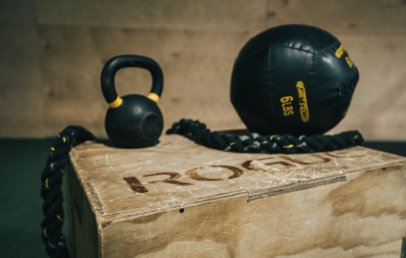
Don’t let a strain turn into an injury.
Big or small, man or woman, child or adult, we’ve all felt it at least once in our lifetime. A muscle strain, or a pulled muscle, is when a muscle is torn or overstretched. This is a usual occurrence when one is tired, over-worked, or improperly uses a muscle. Pulled muscles can happen in any muscle in your body, but it is most common in the lower back, shoulder, neck and hamstring muscles.
Pulling or straining your muscles can cause a lot of pain and limit movement around that muscle group. Luckily, mild to moderate strains are able to be treated at home with a little ice and heat on top of over the counter anti-inflammatory medications.
Some of the symptoms of a pulled muscle can be a sudden onset of pain, limited movement in a particular muscle area, swelling, soreness, a “knotted” feeling , stiffness, and/or discoloration or bruising.
In mild to moderate strains, your muscles may feel slightly stiff and inflexible. In a more severe strain, your muscles will feel severely torn, resulting in excruciating pain and inability to move. While the milder strains usually go away within a few days to a few weeks, more severe strains can take much longer to heal and may require professional medical attention.
Some of the more common reasons why we tend to pull or strain a muscle are:
- Not properly warming up before any type of physical activity
- Poor flexibility
- Poor conditioning
- Fatigue and over-exerting oneself
The best remedy for a pulled muscle is plenty of rest, but placing a cold pack over the muscle area and using compression tape can also help with reducing the swelling and minimizing the pain. You can also try to elevate the injured muscle above the heart level. There are many well-known over-the-counter anti-inflammatory medications out there intended to alleviate pain and swelling as well. Remember to apply heat to the injured muscle area a few times a day to help with blood circulation and healing. Most importantly, remember to stretch before workouts and even in the mornings before the start of your day to prevent future muscle strains.




